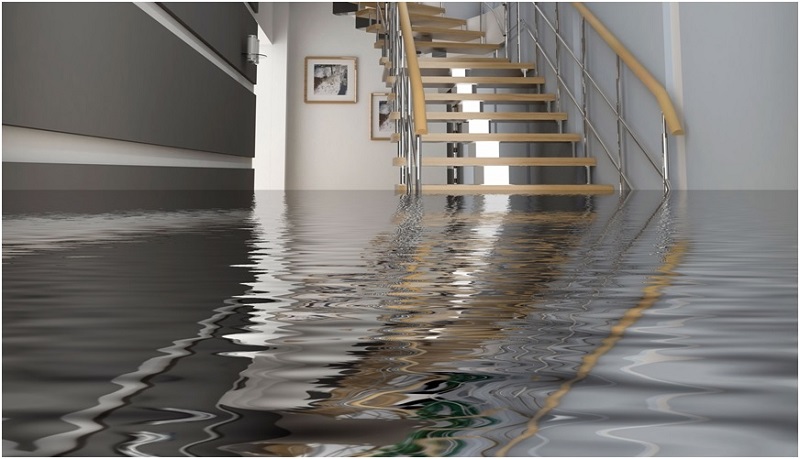5 Water Damage Restoration Tips

Water may be a necessity for life but be it at the wrong places and it can result in destruction and severe damages. Natural floods, burst pipes, and leaky faucets are some of the causes of water damages in American households.
In many cases, it is easy to identify that you are dealing with water woes. For an instant, if you return home to water puddles in your home, you know it’s time to act. Every ticking minute is making the issue worse but when you are on the mission to find solutions, you are more likely to prevent further damages.
In other scenarios, water seeps into your house and keeps affecting it without you even knowing it. And as one can expect it to be, the damages worsen to an extent that homeowners have to deal with issues like mold and mildew.
If you notice signs of water damage such as peeling paint, water stains, sagging roof, or moly smells in your home, don’t waste any time. Here are 5 water damage restoration tips to keep close to you.
1. Determine If DIY Water Damage Restoration Will Suffice Or Not
Here is how to assess whether you can deal with the mess on your own or you need a team of reliable and experienced water damage restoration professionals. Consider the following four factors.
Extent Of Damage
If the water has seeped into the walls and floors of your house, affecting the appliances or house roof, DIY restoration is less likely to suffice. Calling in professionals is the best bet. You can manage the restoration task for light damages such as a leaky faucet in your bathrooms, wet carpets, and overflowing kitchen sinks.
Source Of Water
The most important factor to consider is the source of water. Clean water from leaky pipes or rain is easy and safe to deal with. As it contains little to no contaminants, you can handle it on your own. But if your house is affected with gray or black water, which is highly contaminated with diseases causing organisms and toxic materials, you must call a water damage restoration company.
Volume Of Water
Whether you will be able to remove the excess water depends on the volume of water. A small or moderate amount of water can be handled with DIY restoration. In case of water flooding in your home, leave it to the professionals. If a natural disaster hits your home, don’t forget to consult the local authorities.
Personal Expertise
Do you have any experience in dealing with water damages? And do you have all the required tools? If both of the answers are yes, you have personal expertise to start with the work. Otherwise, turn to professionals.
2. Shut Down The Power And Water Supply Before Dealing With Water
Either you have decided to hire professionals or do it on your own, the first step is to shut down the power and water supplies. If safe and possible, disconnecting or unplugging all of the appliances is enough. It’s critical for your safety because water-soaked appliances can be hazardous to touch.
Shutting off the water supply is important to stop the damages from worsening. Experts recommend taking pictures and video clips of the damaged house, especially when you have to file insurance claims.
3. Get Rid Of The Damaged Materials
See if you can prevent some of the materials from getting wet. Contain the water-affected area of your house to minimize the damage. Once you are sure it’s safe to proceed, eliminate the porous water-damaged materials. Discarding such items is important to keep your house safe from mold.
The most vulnerable regions of your house are drywall, carpets, wooden frames, insulation, plaster, and electrical wiring. Inspect and address the issues so that your house has enough structural support.
4. Dry Out The Affected Areas
You can use buckets to take out the excess water in case of low water volumes. If you know how to use a water pump, you can rent one. It allows quick and easy water removal. Once the area is free of excess water, proceed with drying it out. Open the doors and windows to allow proper ventilation. You can use high-capacity dehumidifiers and fans to circulate the air and remove the moisture at greater speed.
5. Inspect For Mold And Disinfect Your House
According to Deco Facts, Some mold strains are not only toxic to humans and animals but they can spread fast. You must look for signs of mold growth. If you see green spots on a certain piece of furniture, contain it and discard it. Cut and replace the affected region of drywall. But if more than 24 hours have passed before you start restoration efforts, it is highly recommended to hire mold inspection and remediation professionals.
Although water damages are hard to deal with, your house can be restored to its original state. All you need to do is to take the right steps at the right time. Get started now!